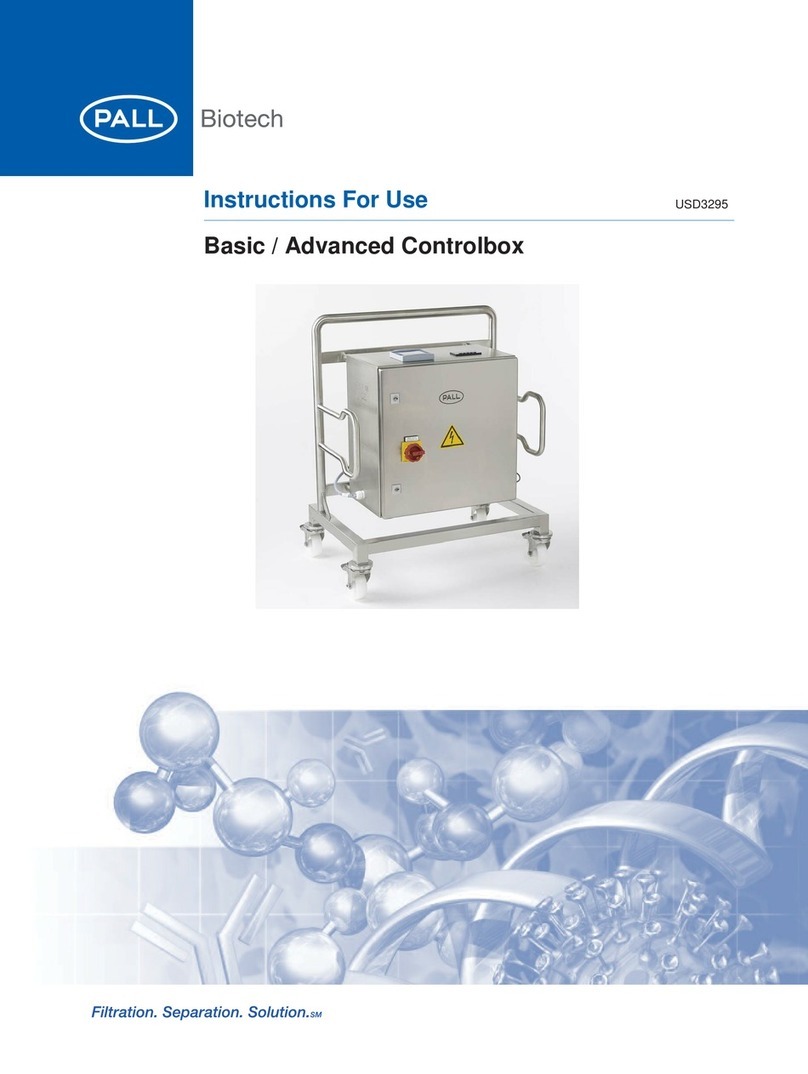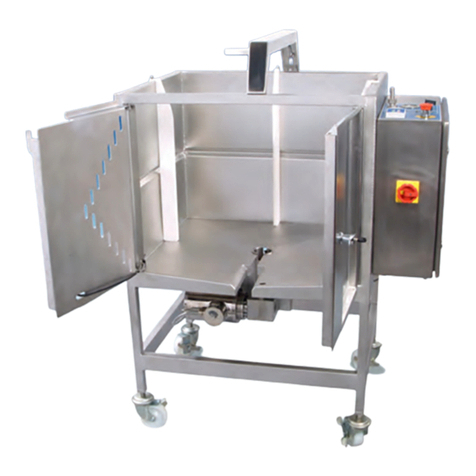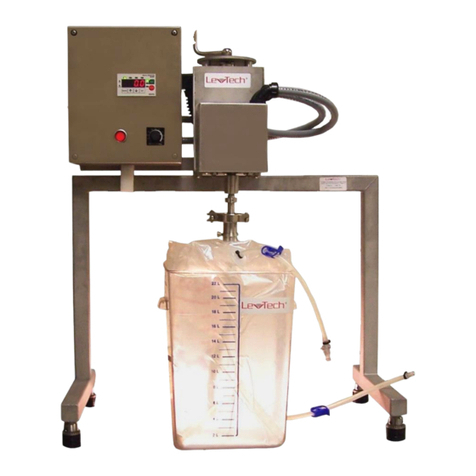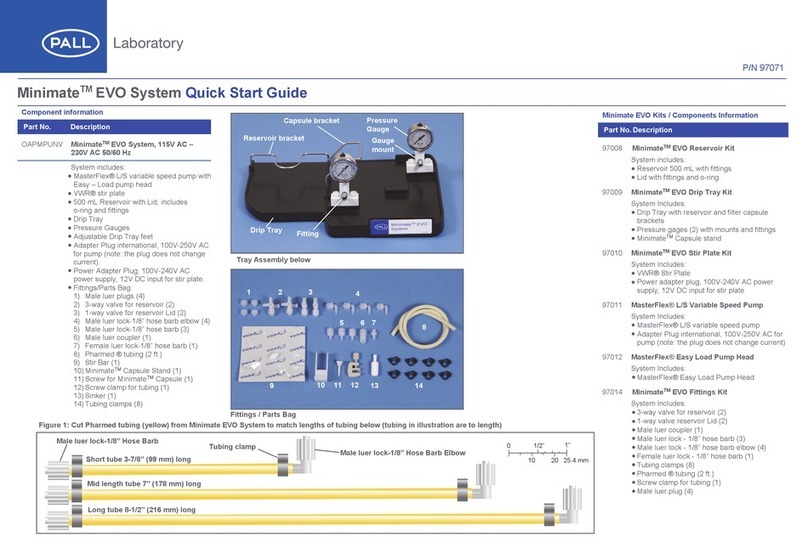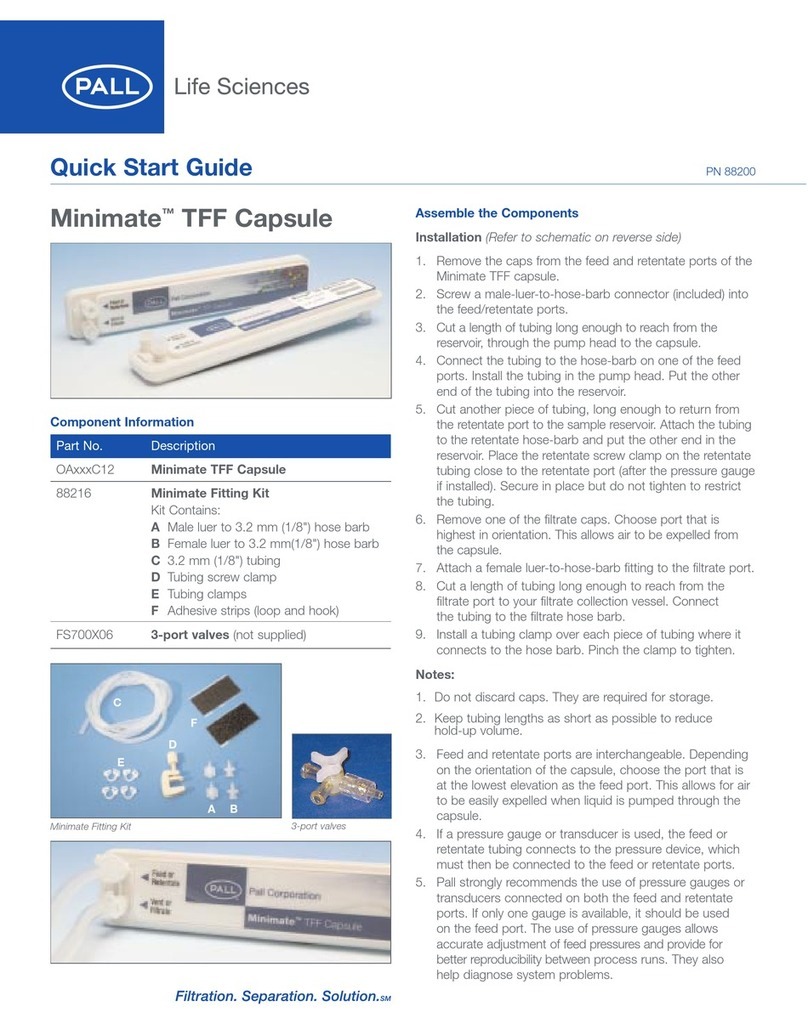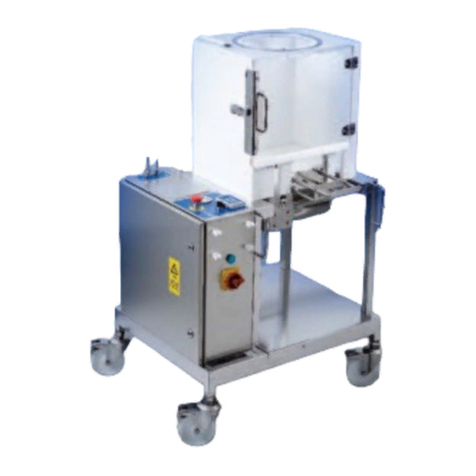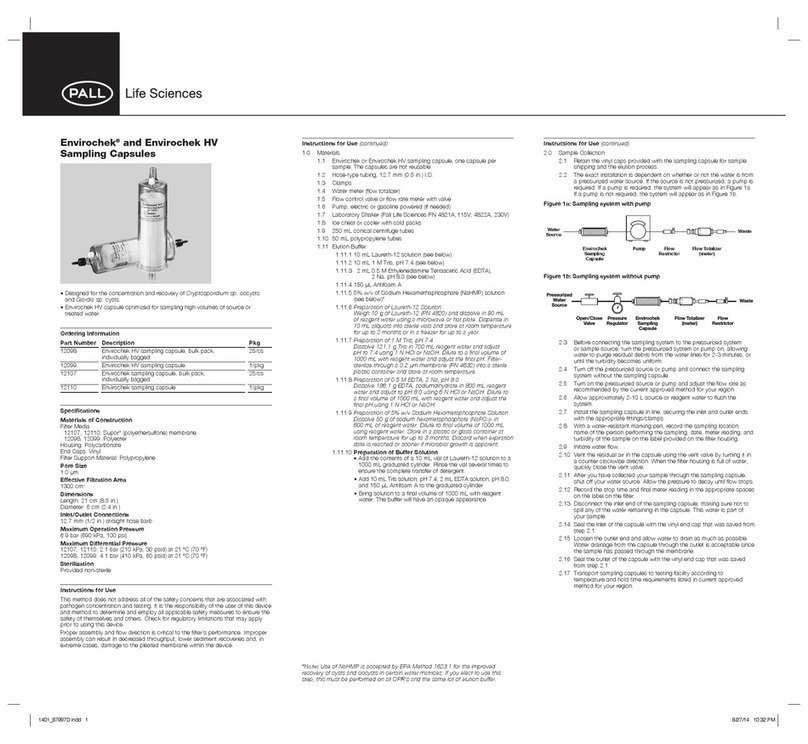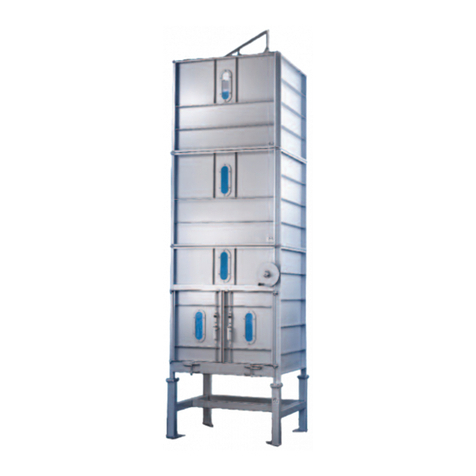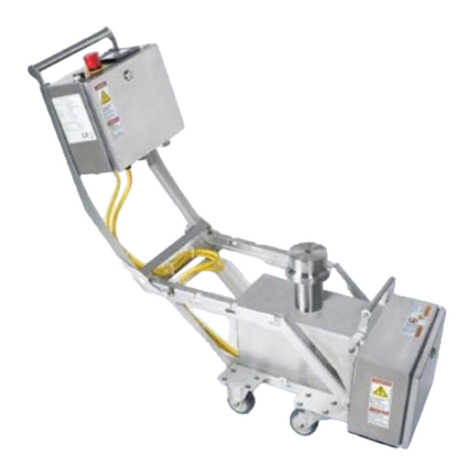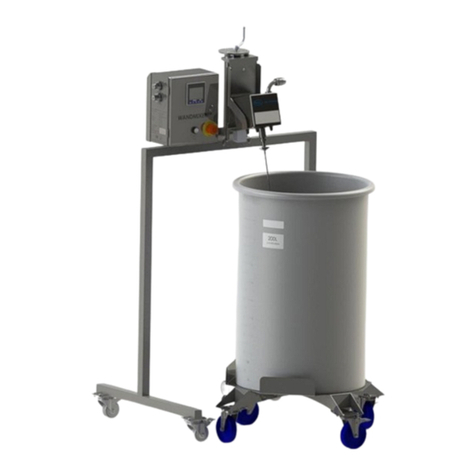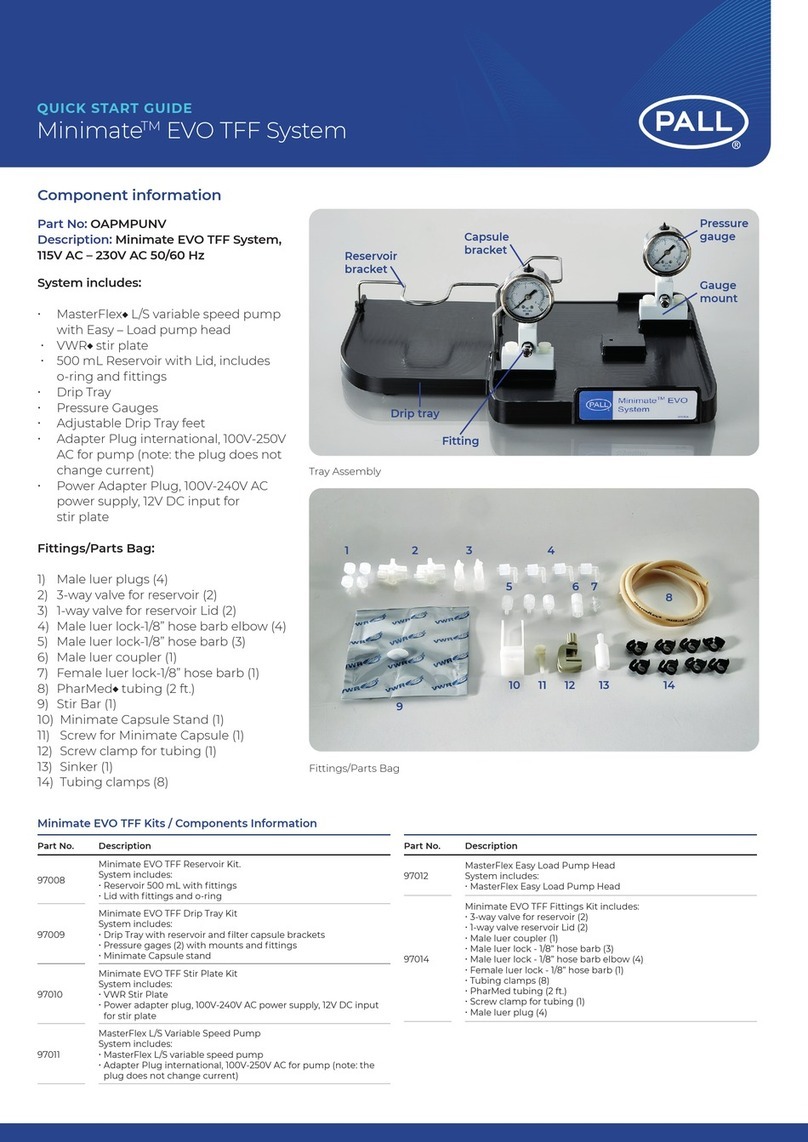
2
Table of Contents
1. Introduction..................................................................................................................................................3
2. Warnings ......................................................................................................................................................3
3. Materials of Construction and Operating Limits........................................................................................4
4. Receipt of Equipment – Allegro Plastic Totes and Allegro Single-use Systems......................................4
4.1 Receipt of Allegro Plastic Totes and Accessories ....................................................................................4
4.1.1 Allegro Tote ....................................................................................................................................4
4.1.2 Allegro Tote Trolley..........................................................................................................................4
4.1.3 Allegro Tote Lid ..............................................................................................................................5
4.1.4 Packaging Retention ......................................................................................................................5
4.2 Receipt of Allegro Single-use Biocontainer Systems ................................................................................5
5. Installation and Operation ..........................................................................................................................5
5.1 Preparation of the Allegro Plastic Tote and Accessories ..........................................................................5
5.1.1 Tote Trolley Preparation ..................................................................................................................7
5.1.2 Tote Preparation ............................................................................................................................9
5.2 System Preparation, Installation and Use of Allegro Single-use Biocontainer Systems
in an Allegro Plastic Tote ........................................................................................................................11
5.2.1 Installation of a Single-use Biocontainer System in the 200 L tote ................................................11
5.2.2 Installation of a Single-use Biocontainer System in the 500 L tote ................................................13
5.2.3 Using the Allegro Plastic Totes with Other Suppliers’ Single-use Systems ....................................17
5.3 Filling an Allegro 3D Biocontainer System ..............................................................................................18
5.4 Using the Tote Lids ................................................................................................................................20
5.5 Moving Filled Totes ................................................................................................................................20
5.6 Dispensing from the Allegro Tote System ..............................................................................................20
5.6.1 Dispensing from the Bottom ........................................................................................................20
5.6.2 Dispensing from the Top ..............................................................................................................21
5.7 Removing a 3D Biocontainer System from the Tote ..............................................................................21
6. Allegro Tote Stacking.................................................................................................................................21
7. Maintenance and Spare Parts...................................................................................................................23
8. Troubleshooting Guide and Useful Tips ...................................................................................................23
9. Warranty .....................................................................................................................................................23
10. Allegro System Disposal .........................................................................................................................24
11. Other Allegro Tote Accessories...............................................................................................................24
12. Scientific and Laboratory Services (SLS) ...............................................................................................24
